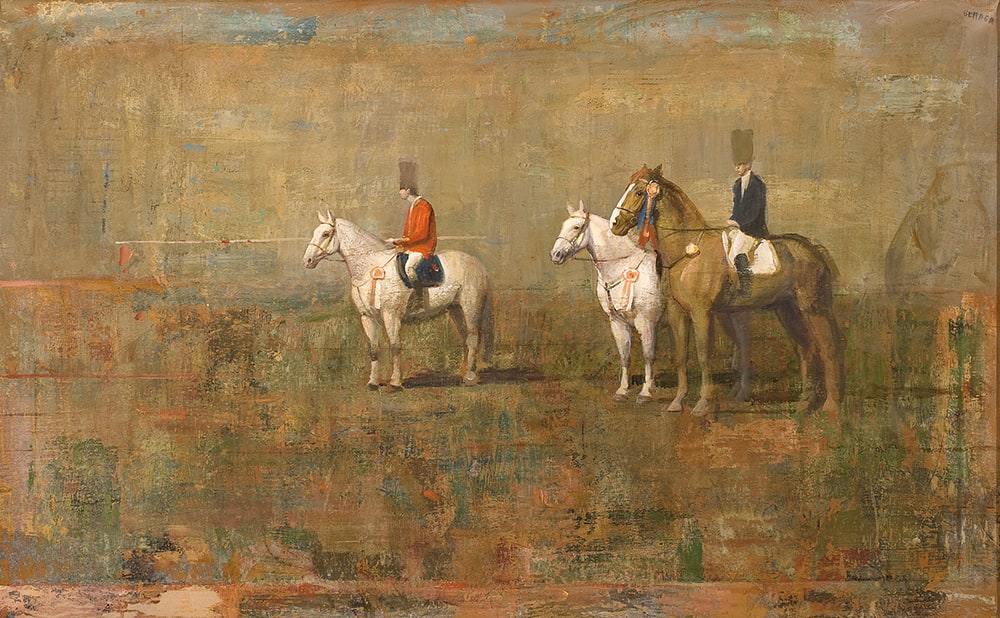Director: Carlo Lizzani
Italy, 68, 2003, color
Italian with Turkish subtitles
This "portrait" of Zavattini is a travel through the entire history of Italian cinema from the 1930s to the 1970s. It also reveals the many mysteries of the Neorealist season, the era that ushered Italian cinema onto world stage, but which had already laid down its foundations in the preceding war years, and which cast its shadow over many works made during the following decades. Only through an examination of the complex, sometimes contradictory, and even provocative personality of Zavattini, can the audience come to a better understanding of the coexistence of imagination and reality that was one of the main characteristics of Neorealism.

Mersad Berber (1940-2012), is one of the greatest and the most significant representatives of Bosnian-Herzegovinian and Yugoslav art in the second half of the 20th century. His vast body of expressive and unique works triggered the local art scene’s recognition into Europe as well as the international stage.
Tuesday - Saturday 10:00 - 19:00
Friday 10:00 - 22:00
Sunday 12:00 - 18:00
The museum is closed on Mondays.
On Wednesdays, the students can
visit the museum free of admission.
Full ticket: 300 TL
Discounted: 150 TL
Groups: 200 TL (minimum 10 people)